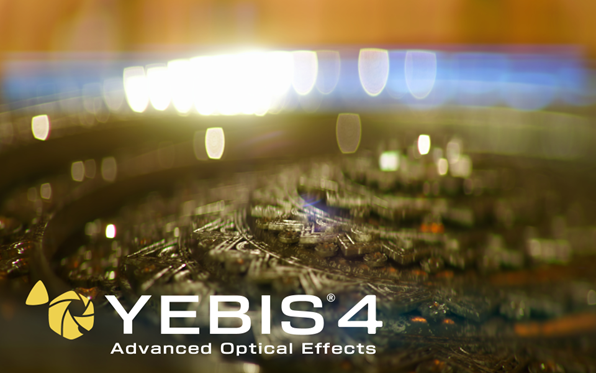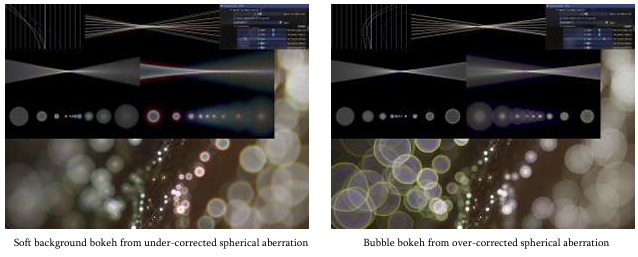Since the launch of our post-effect middleware YEBIS in 2006, Silicon Studio has continuously invested in research and development to deliver optical effects with live-action-level realism.
YEBIS enables photorealistic lens expressions to be added during post-processing before the final rendering stage, allowing creators to view the results in real time as they build scenes. It provides high-precision optical effects such as depth of field, bokeh, and lens flare, all of which faithfully replicate real-world camera aperture and lens characteristics in computer-generated imagery.
Following this vision, we released YEBIS 2 in June 2012 and YEBIS 3 in August 2014, adapting to the latest platforms and technological advancements. Over the years, YEBIS has been widely adopted in numerous AAA game titles and video productions both in Japan and worldwide.
Now, after identifying the limitations of conventional real-time rendering and pursuing practical implementations with minimal overhead, we are proud to introduce YEBIS 4.
YEBIS 4 represents a major evolution in both quality and performance, thanks to optimizations for modern GPU architectures and improved algorithms. It delivers higher quality effects at no additional cost, or the same visual fidelity with significantly faster processing. In particular, optical effects such as depth of field (DoF) bokeh, lens flare, and chromatic aberration have been substantially enhanced.
New features include support for complex visual phenomena like diffraction patterns based on wave optics and “onion ring” bokeh caused by lens design and manufacturing process, enabling more lifelike representations of depth and blur.
The middleware also offers flexible tuning between quality and performance, allowing developers to apply lightweight effects during gameplay and cinematic-grade visuals during cutscenes. From a developer’s perspective, development and debugging have been streamlined, with features such as multi-viewport effects at different resolutions, dynamic resolution and quality switching, effect pipeline and performance monitoring, color scopes, internal buffer previews, and chromatic aberration graphs.
For a detailed overview of features and specifications, please visit our website: https://www.siliconstudio.co.
Depth of Field (DoF) and Bokeh Rendering
YEBIS 4 reduces artifacts that tend to appear around edges, enabling more natural and artifact-free depth of field and bokeh expressions.
Customizable Lens Aberrations and Bokeh Characteristics
With YEBIS 4, users can fine-tune lens aberrations and their corrections while observing how they shape the resulting bokeh. This makes it easy to create a wide range of bokeh styles, including soft blur from under-corrected spherical aberration, bubble bokeh from over-correction, and rich color fringing effects.
Aperture Shape Rendering and Customization
YEBIS 4 provides highly flexible customization by offering enhanced control over aperture shapes. Developers can adjust the number of aperture blades, the strength of circular aperture effects, the curvature of the blades, and subtle imperfections at the blade seams. This enables the expression of unique bokeh styles, such as shuriken-shaped bokeh and other creative aperture-driven effects.
Astigmatism and Swirly Bokeh
YEBIS 4 supports field curvature and astigmatism, making it possible to replicate natural bokeh distortion as well as distinctive effects like swirly bokeh.
Anamorphic Lens Effects
Well-known effects like oval bokeh and horizontal lens flares alone are not enough to fully recreate the distinctive look of true anamorphic lenses. YEBIS 4 goes further, enabling the simulation of complex and unique characteristics such as astigmatism, distortion, lateral chromatic aberration, mechanical vignetting, and ghosting—capturing the nuanced look and feel of real anamorphic optics.
Efficient Integration with Upscaling Technologies
YEBIS 4 works seamlessly with upscaling technologies such as DLSS, enabling effective application of post effects in upscaled rendering workflows. It also allows control over upscaling timing and intermediate resolution stages, enabling fine-tuned adjustments to balance quality and performance.
Source: Press Release






